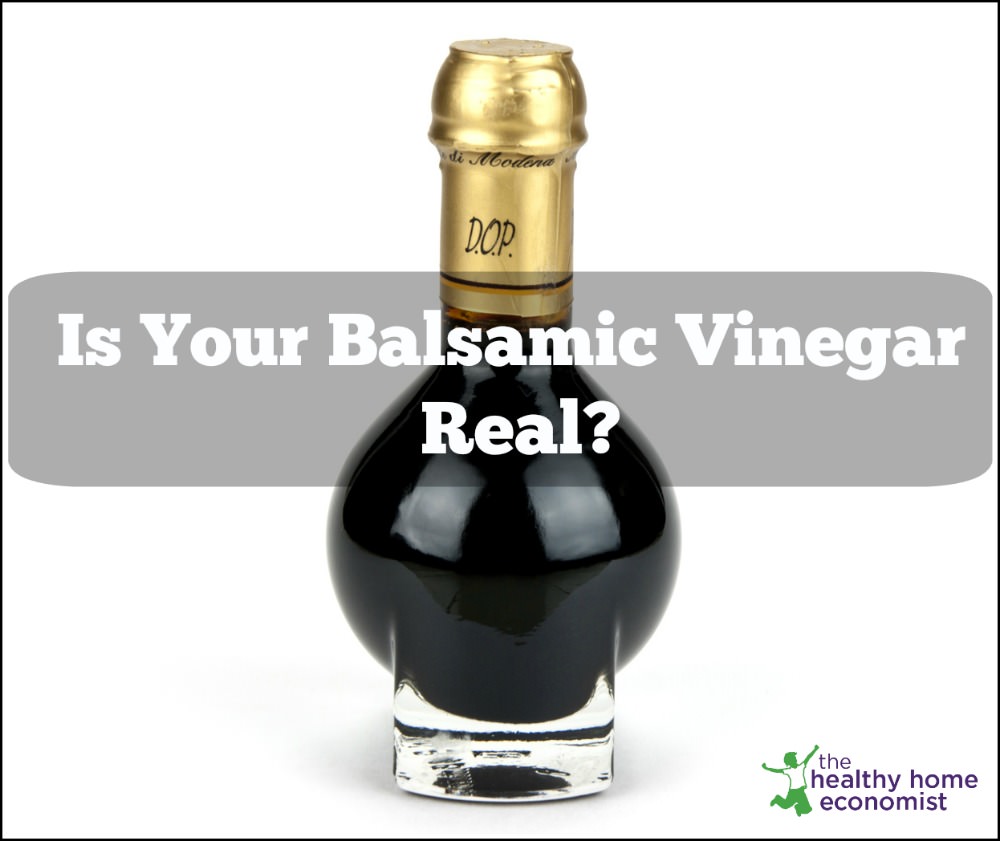I’ve always fancied Thai flavors, though I’d yet to go to a Thai restaurant until today. One of the table condiments was this darkish-transparent liquid, the consistency of <American> soy sauce, not oily, with a few red pepper flakes floating in it.
I tried it plain <always gotta try everything!> and…yum. Strongly salty, with definite overtones of both sour and the occasional bitter taste as well. I’ve a savory tooth rather than a sweet one, so I just fell in love with it. Didn’t taste fishy, didn’t smell fishy…
When I asked the waiter what it was, he said it was just fish oil with some powdered pepper in it <I tasted no heat at all, despite the flakes>. When I asked if he meant nom pluc, he said no, just fish oil.
Been looking since I got home and I can’t find anything resembling ‘fish oil’ for sale anywhere, nor any recipes.
Lots of ‘fish sauce’ though 
Since there are dozens of kinds of ‘fish sauce’, is it possible that’s really what he meant and I just used the wrong words in asking him? 'cause I really like this stuff, but if there is indeed a difference, then I need to look harder for ‘fish oil’.
Any help?
Thanks in advance!!
p.s. I was not impressed with Pad Thai, unfortunately. I’d built up in my mind that pad thai was more lemongrass and chilies, less tamarind and sweet flavor <mine tasted very much like sweet and sour sauce, not nearly as light or sharply ‘bright’ tasting as I was hoping for> I shall have to invent a new version of that, I think.
lissener 2
I wonder if it was a language thing. In the thai restaurants I’ve been too, that dark stuff is soi sauce with chili added. When I make it I add ginger and sugar and black rice vinegar.
Taomist 3
This was lighter than soy sauce…hard to explain. There was soy sauce too, and the waiter was American…I just always thought fish sauce was thick and pasty, and this was definitely thinner. Hrm…I’m thinking I’ll just have to try a few kinds and see, especially if nobody comes out to say ‘Oh yah, fish oil is very different from fish sauce’ 
That’s usually all you’d find as a table condiment but at better places you receive a nahm prik or lon. Their are many different recipes because each has its own accompaniment to complement the meal it is served with. Some are fried but other than that none could be considered an oil.
Taomist 5
Awesome, thank you! I will experiment with the sauces then; I was just afraid I was missing out on something entirely different that I wouldn’t find unless I found something specifically labelled ‘fish oil’. Thanks again, everyone 
Well, I have heard of Fish Oil- in the sense of mixed boiling oil, ginger, garlic, green onions, and soy sauce that one pours over crispy fried fish. But it sounds like fish sauce…
Here is a recipe for Nam Prik Poa which has the classic combination of sweet, salty, sour and hot and is typical of how most are made:
20 soaked dried red chillies
4 chopped cloves of garlic
a chopped shallot ( a real shallot - the tiny onion)
splash of peanut oil
juice of a lemon or large lime
shaving of palm sugar
splash fish sauce
Gently fry everything down to the oil and allow to cool. Blend to a paste with lemon juice, palm sugar and fish sauce.
Everything is to taste and you can substitute amongst the four tastes e,g brown sugar for palm sugar, soy sauce for fish sauce.
Also you will find with fish sauces the longer it is fermented the less like fish it tastes. Their is huge variety in *nam pla *.
The screw top jar on the table is usually called prik nam pla it is usually just fish sauce, lime juice, and chopped chilies put in a jar and shaken up.
sometimes chile too, in the thai versions… maybe crispy fried shallots, as well.
Taomist 9
Thank you, all! I finally got smart and just googled for images, and sure enough, what we had was fish sauce. I have no idea why the waiter insisted it was just fish oil, but maybe they have something else they call ‘fish sauce’ <such as was mentioned earlier in the thread, to put on fish> and he was confused.
And thanks for the recipe! I just found another one too, and I was laughing that one of the ingredients for fish sauce was…fish sauce. =p
anyway, I’ve heard for years that this stuff stinks and is rank, so of course I wanted to try it. (Yes, I also like cheeses that taste like old socks, what can I say)
I just had no idea it would taste like that.
Thank you all again. 
dropzone 10
Fish oil merely sounds like fish squeezin’s that were allowed to settle. Some years back Mark Kurlansky’s Salt was close to required reading on the SDMB, and his description of how one makes fish sauce was enough to point most American palates to the soy sauce rack. Sure, fish oil lets you use the whole fish, but fish sauce makes you rot it first.
Taomist 11
Ahaha! I must read that book; my mom often fainted when she was carrying me <her first child> and the doc had to give her double the salt tablet dosage before the fainting spells stopped. She didn’t tell me this until much later, when it was apparant that my drinking pickle juice, nibbling bullion cubes, licking salt licks <yes, did this; I was a kid, what can I say> and licking the Good Seasonings Salad Dressing Mix right out of the packet weren’t just one-offs. I’ve a salt-tooth rather than a sweet tooth, and now I must read this book! Thank you 
Fish sauce really only smells when you heat it in cooking, or if you spill some. Later, after it’s apparently been cleaned off, you’ll be wondering what that godawful smell is.
If you like fish sauce, here’s a dish that uses it as a feature flavor.
Thai Black-Pepper and Garlic Pork
I worked in a Thai restaurant when I was in high school, and the owner made this with both chicken and pork. Took me forever to find a comparable recipe, but it’s incredible.
MikeG 14
The difference between good and bad pad thai is hard to describe. Good pad thai is a wonderful blend of sweet, spicy, nutty, and sour. Bad pad thai is worse than Chef Boyardee.
In Chicago I’ve found two places that serve good pad thai: TAC Quick is the best and Spoon Thai is also very good but not quite as stunning. Make sure you ask for the thai menu at both places and at TAC get the pad thai in omelet.
LVBoPeep 15
Nothing really to add except that fish sauce (I use Thai Kitchen or there is another big bottle I had with Thai printing that was good, but did not know the name) and some stir fry veggies, with Sriracha for hot sauce will make almost any Top Ramen flavor into outstanding Thai flavor. If you are like me and addicted to that chili-fish sauce combination, it’s good information to have :).
Well, fish sauce straight from the bottle is extremely rank… a whiff of the bottle and it smells like rotting fish, sounds like you had a prepared condiment with fish sauce as a component, like the nam prik plaa described above… not nuoc mam straight up. Straight up fish sauce is not usually sour as you described, very salty and slightly sweet… that tart would probably be lime and it goes a long way towards cutting the fishieness.
Most Thai fish sauce I’ve had isn’t what I’d call rank. It’s just pungent. The ones that I’ve found to be rank are some of the Filipino varieties (Rufina fish sauce, in particular, makes me want to gag.) As for the Thai ones, the brand I like that is easy to find is Squid-brand fish sauce.
Taomist 19
Oh, I am so going to try that pork recipe!
And I’ve been putting sriracha in just about everything <EXCEPT thai food> for years, so it’s good to know that will be a good mix.
Oh, and bought the ‘Salt’ book today. Right up my alley! I love interesting non-fiction; my jaw’s on the ground at the engineering of the Chinese. Just so incredible.
If the recipe is meant to be Thai it probably won’t have any black pepper in it. Most Thai recipes only use white Thai pepper or green peppercorns. Black pepper is used only in jungle curries as it imparts a far more acrid taste. This is a common mistake in westernized versions of Thai dishes. Here is a good Thai resource.



![[Solved] Write the balanced neutralization reaction that occurs - General Chemistry I (CHE 111) - Studocu](https://d20ohkaloyme4g.cloudfront.net/img/facebook/default-studocu.png)





